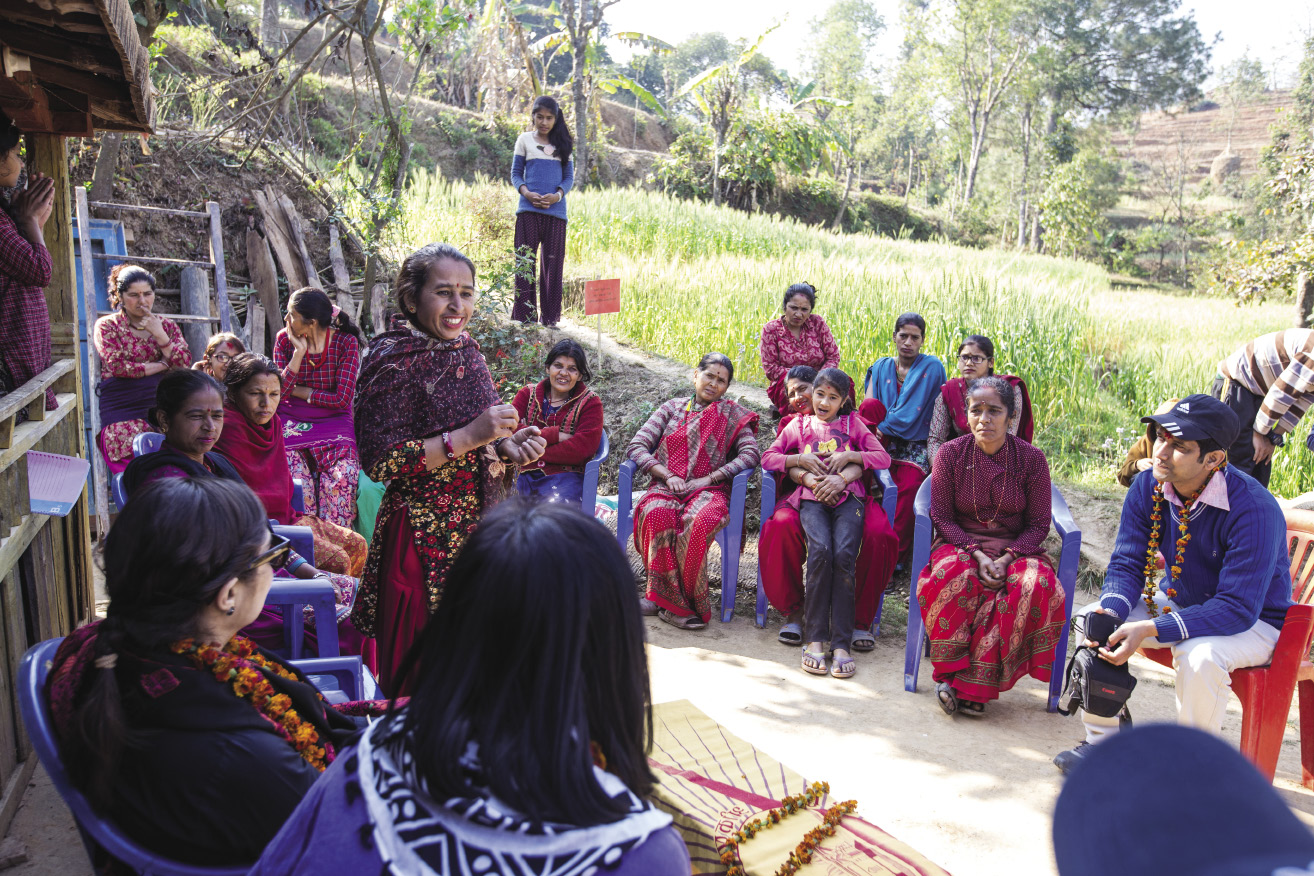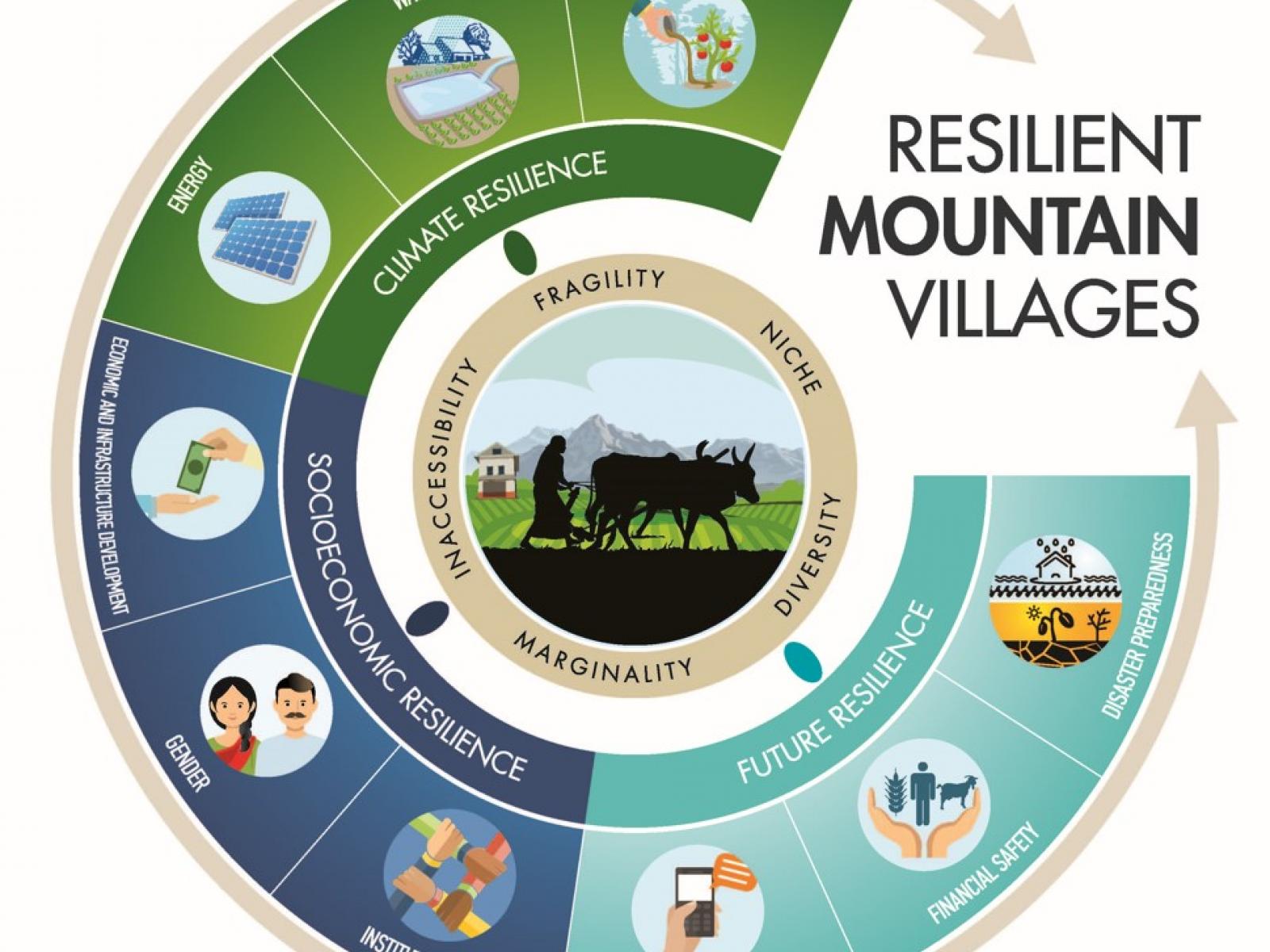An Overview Of Our Solution
- Population Impacted:
- Continent: Asia
Organization type
Population impacted
Size of agricultural area
Production quantity
People employed
Describe your solution
Describe your implementation
External connections
What is the environmental or ecological challenge you are targeting with your solution?
Describe the context in which you are operating
Kavre district of Nepal is a site of significant agricultural production, with 70% of its population dependent on agriculture. Yet, farmers have limited access to information on how to deal with environmental changes. Because of an increasing tendency for delays the monsoon’s start, there is a need to identify alternative short duration crop varieties that can ripen before the winter season begins. Soil sample tests have showed depletion in nitrogen, especially in upland areas. To supplement nitrogen to crops, farmers have been using Urea and DAP extensively. The high dependency on chemical fertilizers to grow crops have not only depleted the soil properties, but also increased input cost for production and resulted in high residue of pesticides in the produce. This not only lead to health hazards for farmers and consumers, but has also resulted in rejection of the produce by market inspectors in the capital, which means that the farmers have difficulties selling their produce.
How did you impact natural resource use and greenhouse gas emissions?
Language(s)
Social/Community
Water
Food Security/Nutrition
Economic/Sustainable Development
Climate
Sustainability
This is a low-cost pilot project being implemented with funding from the Norwegian Ministry of Foreign Affairs, channeled through ICIMOD’s Himalayan Climate Change Adaptation Programme. From the initiation of the project, focus has been on using simple and affordable solutions, which can be easily taken up by farmers without much outside support. Our aim is to equip farmers with skills and knowledge that will enable them to continue to implement the solutions once the formal project comes to a conclusion.
In addition, the implementing partner for the pilot, CEAPRED, is seeking funding from other sources to continue implementing some of the solutions and expand the areas where solutions are implemented.
Return on investment
Entrant Image

Entrant Banner Image

